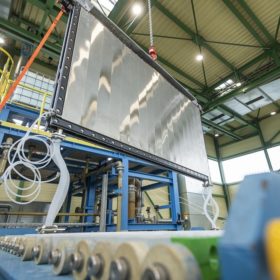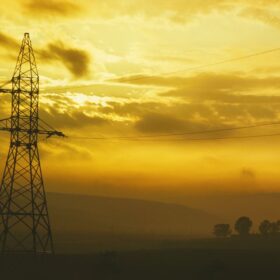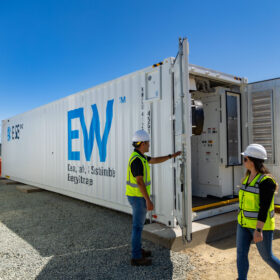Australian big battery market building towards record year
Australia has firmed as the world’s fourth-largest market for utility scale batteries with new data from research consultancy Rystad Energy revealing that almost 3 GW / 8 GWh of battery energy storage projects have started construction in the first seven months of 2024.
India can leverage its solar and storage edge to avoid power shortages
Large-scale solar-plus-storage is the main option left to avoid power shortages as such systems can be deployed much faster than new thermal and hydro assets. Recent gigawatt-scale solar-plus-storage auction results, with a record low price of INR 3.40 ($0.04)/kWh, show that such deployment will be highly economical, according to a new study from the University of California’s India Energy and Climate Center.
Tender kicks off for hydro-floating solar hybrid in Thailand
Thailand’s Electricity Generating Authority has opened a tender for the design, supply, construction and commissioning of a floating solar array to be built at a dam with an existing hydroelectric power station.
Australian developer reveals plans for giant 3.4 GWh battery project
Libra Energy has unveiled its first major Australian renewables project, announcing plans to build an 850 MW / 3,400 MWh battery energy storage system in southeast Queensland to help soak up excess solar energy and stabilise the grid supply and demand during peak hours.
Clearway switches on its first battery storage retrofit in California
The 147MW/588MWh Rosamund Central battery energy storage project in Kern County, California, is paired with a 192 MW solar farm, which was completed in 2020.
Philippines announces renewables, energy storage auction
The Philippines’ Department of Energy (DOE) has said that energy storage and maximizing the country’s existing renewable energy infrastructure will be a major theme for its next green energy auction. GEA-4 will take place in the final quarter of 2024.
The Hydrogen Stream: thyssenkrupp nucera sees uncertainties in the medium term
Thyssenkrupp nucera warns of possible delays in hydrogen projects, with consequences for producers. Meanwhile, Shanghai Electric seems bullish about the market and its ability to drive costs down.
Battery storage on a capacity market
In Germany – but not only there – there is a heated debate about the pros and cons of a capacity market. The German Renewable Energy Association is against it, and recently the German New Energy Industry Association, the DIHK and the EEX energy exchange have also taken a clear stance: Germany does not need a “power plant subsidy program.” In this article, four experts explain why battery storage can also play an important role in a capacity market and make recommendations on how the design of the market can help avoid mismanagement, wrong incentives and unnecessary costs.
Can the grid cope with the surge in electricity demand?
The grid needs to modernize to meet a booming demand for electricity, which is only predicted to grow even further in coming years. IEC Standards are key to help with the transition.
California state grant advances 2 GWh iron flow battery deployment plans
The Sacramento Municipal Utility District’s long-duration battery energy storage project in partnership with ESS Tech, Inc. has been awarded a $10 million grant from the California Energy Commission to demonstrate the capability of iron flow battery technology.










